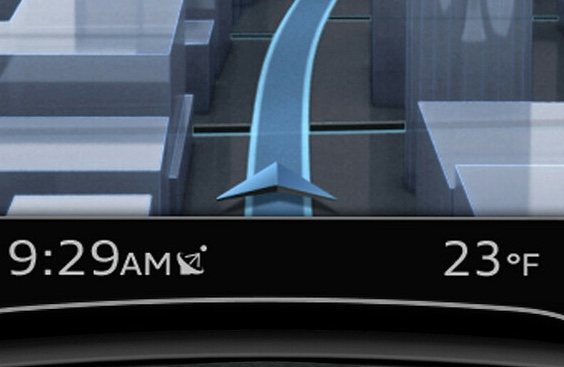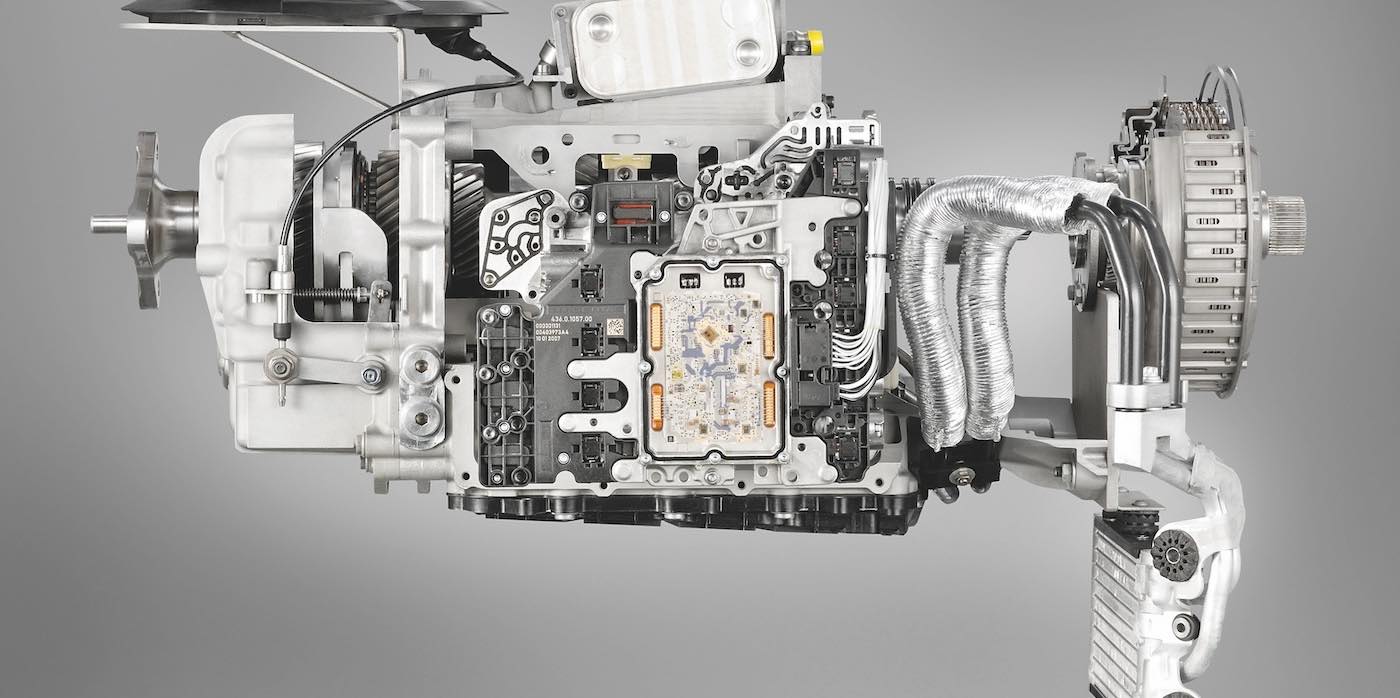With the recent changing of seasons, it is possible to see a 20- to 30-degree temperature change from when the car is parked in the evening and driven again in the morning. Some customers may say they think the ambient temperature is not reading accurately. To achieve a “smoothing” effect of the displayed outside ambient temperature, the value shown does not instantaneously follow the temperature sensor measurement.
The display won’t change any faster than 4° F per minute. This applies to both falling and rising temperatures. A programming strategy is also implemented to avoid incorrect readings with a parked vehicle, due to the temperature sensor being affected by outside influences such as radiant heat from the engine bay, elevated road surface temperatures, etc. Incorrect readings are avoided through the following logic:
- After switching the ignition on, temperature changes are shown only after 30 seconds for a stationary vehicle (vehicle speed = zero and the engine switched off).
- Only when the vehicle drives faster than 12 mph, rising temperature values are displayed during the first three miles.
- If the measured ambient temperature is above the displayed value but falling, the display is not changed.
- When the coolant temperature reaches 104° F and the speed drops to under 12 mph, only falling ambient temperature values are shown. For example, in stop-and-go traffic when the vehicle is often below 12 mph, it can take some time before the displayed temperature is correct.
If the conditions above are noted during these typical driving scenarios, the sensor is not at fault and does not need to be replaced. Many other European manufacturers use the same logic for the ambient temperature display. This is the same strategy used for the gas gauge to prevent wild swings when the fuel sloshes around the tank.
















